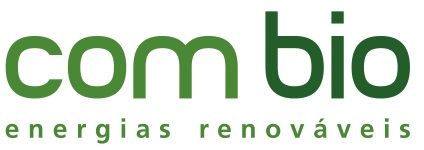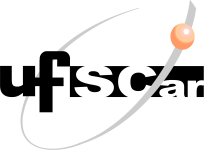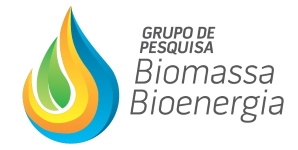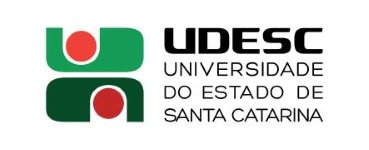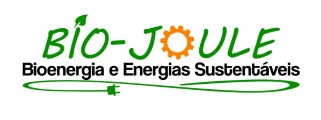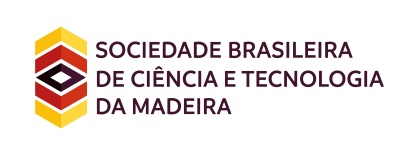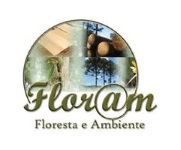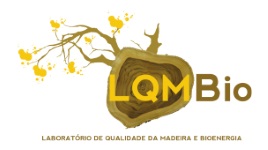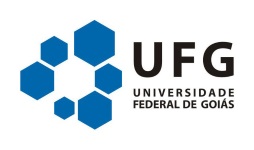VINASSE ENERGY POTENTIAL IN THE PARANAÍBA RIVER BASIN
04 - Biogas
 1 MELISSA VALIENTE DE LUCA, 1 FÁBIO VALE SCARPARE, 1 DANILO HERCULANO DA SILVA
1 MELISSA VALIENTE DE LUCA, 1 FÁBIO VALE SCARPARE, 1 DANILO HERCULANO DA SILVA
1 FACULDADE DE ENGENHARIA MECÂNICA (FEM), UNIVERSIDADE ESTADUAL DE CAMPINAS (UNICAMP), CIDADE UNIVERSITÁRIA “ZEFERINO VAZ”, CEP 13083-860 CAMPINAS, SP, BRAZIL.
Approximately 70% of the Brazilian electricity matrix is composed of energy from hydroelectric plants. After the energy crisis of 2001, Brazilian government has adopted the thermoelectric as an alternative to meet the high energy demands which, in addition to being polluting and consequently against the environmental commitments signed at COP21, provides a high cost energy. In this way, Brazil is faced with a panorama of uncertainties regarding the guarantee of energy supply, making it necessary to develop new sustainable energy sources. Although Brazil is the largest producer of sugarcane in the world, the energy potential of this crop is still underestimated, given the lack of governmental incentive. Vinasse is a liquid waste with high polluting potential, which is produced in a large volume. Due to its great potential for biogas generation and hence, electric power generation the present work aims to analyze the energy and electric potential of vinasse generated in expansion area, more precisely in the Paranaíba River Basin (946,600 ha of planted area) under rainfed and with 80% supplementation of actual evapotranspiration - ETa through irrigation scenarios. It was observed that the average electric energy generation was 2.41 and 5.20 TWh, respectively, confirming an expected increase. Compared to the generation of the Itaipu plant, which produced 89 TWh in 2015, the energy generated by the vinasse produced in both scenarios in the assessed basin is not so significant. However, if all volume of vinasse produced throughout Brazil is considered, approximately 9 and 4 times more respectively when considering the harvest of 2016/2017, its use may become significant for the Brazilian electric matrix. In addition, vinasse is a waste that requires care as to its final destination, generating costs for the mills. In this way, its use for generating electricity not only reduces economic spending, but also can generate income through the supply of electricity to the grid.
Keywords: vinasse; ethanol; sugarcane.
Acknowledgments: The authors would like to thank CAPES (Coordination for the Improvement of Higher Education Personnel) for the financial support during the development of this study.
